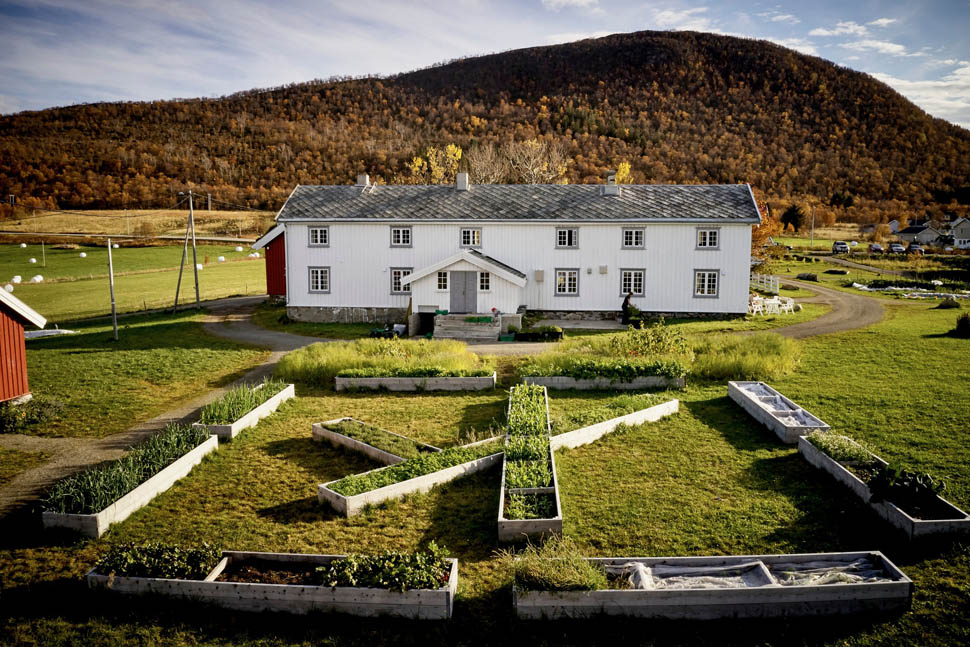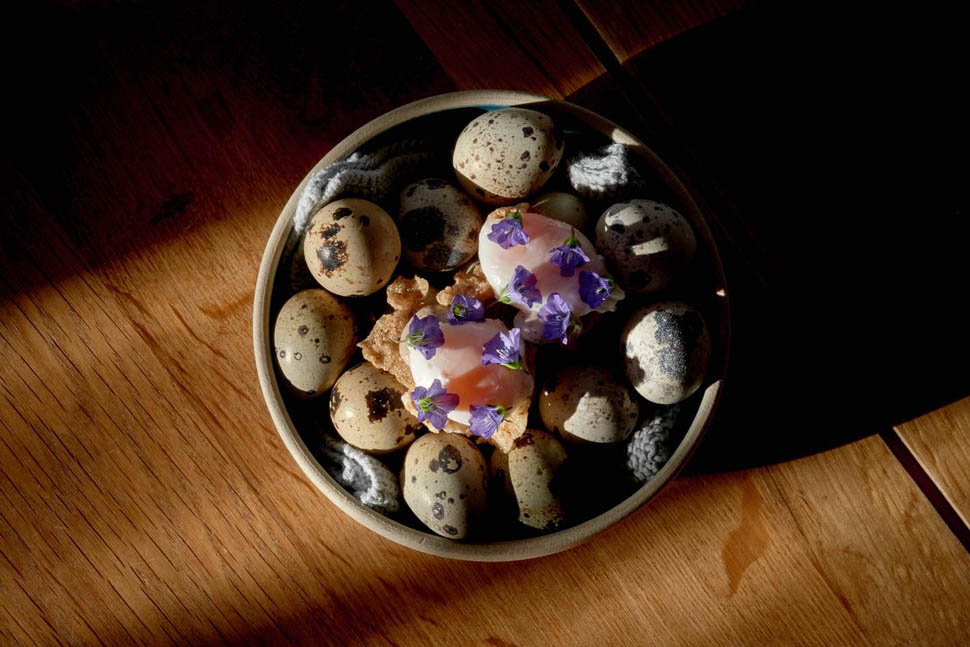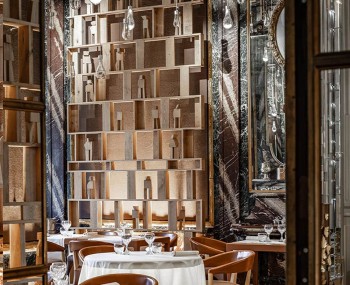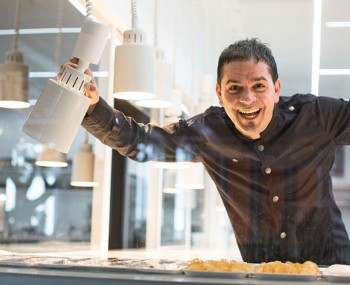It's called Kvitnes Gård, an incomparable restaurant where Halvar Ellingsen, already awarded as the best chef in Norway, explores and reinterprets the cultural and gastronomic heritage of a territory that hasn't succumbed to ice and clichés. The family farm is now a fine dining establishment with a 6-month waiting list.
The story
Getting to Kvitnes Gård, a remote "farmstead" among the ice of the Arctic Circle, nestled in the fjords of northern Norway, doesn’t happen by accident. Passing through rabbit and goat cages, roosters, hens, pig’s barn, and rows of vegetables, one wouldn't expect to find a centuries-old house turned into a fine dining restaurant and guesthouse. As the recent BBC reportage also narrates, Halvar Ellingsen decided to return there in 2015 after experiences in now-closed Michelin-starred restaurants like Bagatelle and Ylajali, culminating in the title of the youngest-ever best chef in Norway.

However, he wanted something more: to embrace the family and gastronomic legacy of the remotest parts of Norway, which opened in 2020. He tells this story through an introspective 23-course tasting menu strictly seasonal and locally sourced. Its great success means that one has to wait up to six months to secure a table. It's an almost ethnographic dive into the life forms of communities that have cleverly managed to face meteorological adversities in these parts.


Nothing is missing: there's a greenhouse, avoiding the need to source elsewhere, a wood-fired oven to smoke the evening's salmon, and a "tea" reinvented with a potpourri of local herbs. Ellingsen is an enthusiast: for him, the cuisine of these latitudes has always been misunderstood, as if it should limit itself to fermenting and drying foods through almost primitive approaches. His mission is to prove that, no, there's much more to be proud of. Certainly, before 1971, when oil was discovered in these areas, people lived on what little there was: fish, potatoes, butter, bread. It was Ellingsen who changed the farm's crops, starting to work with fjord algae and violin heads, tender fern fronds.


Then there are forest mushrooms, wild herbs, and foraged berries, a testament to a biodiversity that doesn't bow to the ice. Among the breads emerges gahkko, a traditional specialty of the Sami ethnicity, technically updated and refined in terms of organoleptic profile. Colors, flavors, and scents capable of astonishing even the locals, unaware of the potential and hidden treasures of a corner of the world too often frozen in stereotypes.












